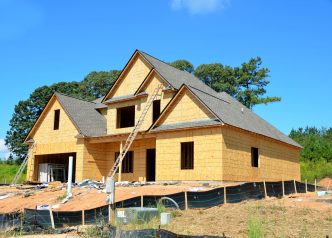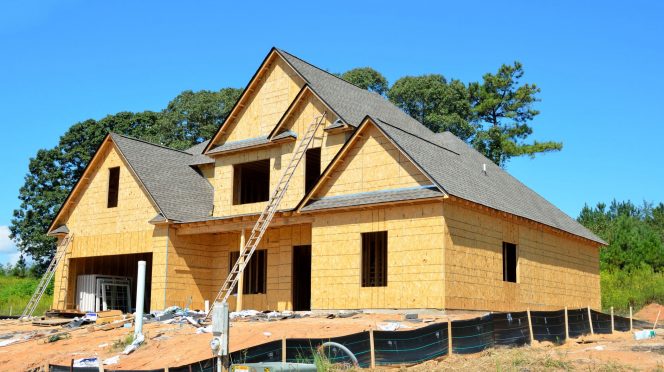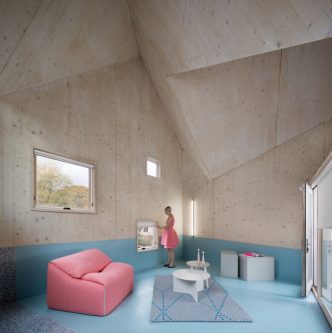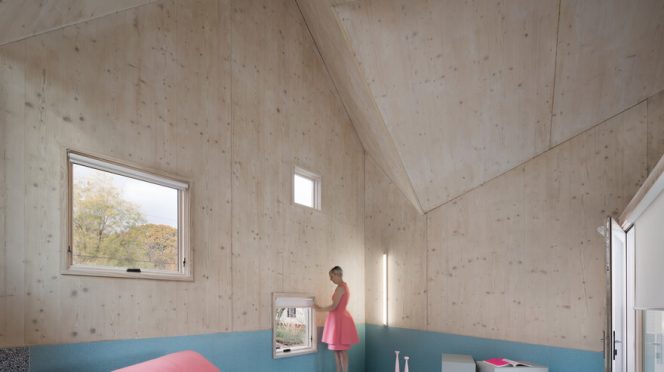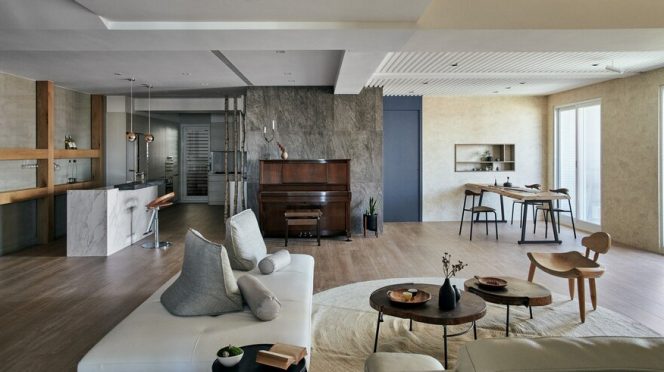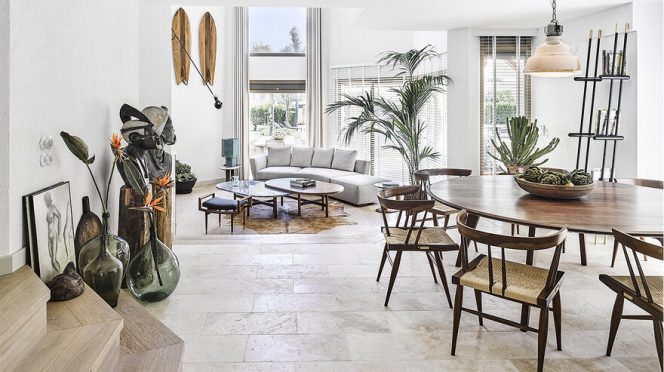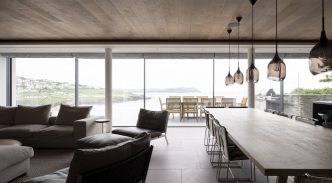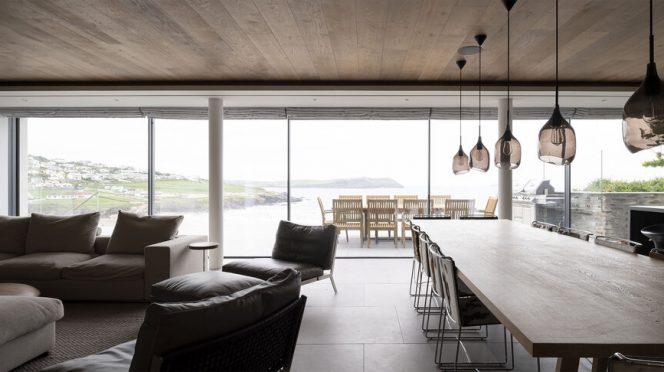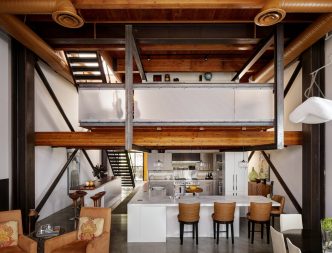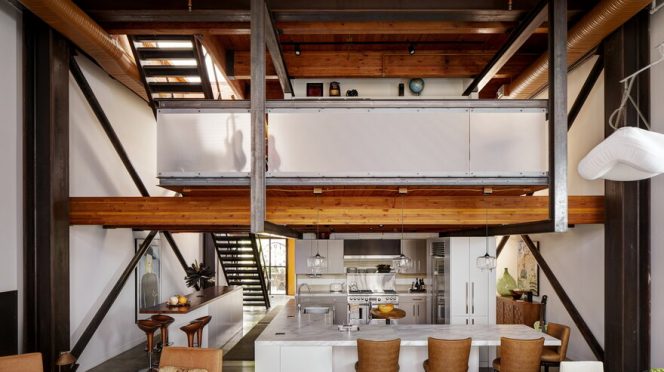Almost all of us have had the lifelong dream of having a place we can truly call our own—our dream home, a place where we can wholly be ourselves and live in comfort. A home is a place where we can nurture our children and mold them to be respectable and happy beings. Some of us fantasize about our dream home while some of us strive to turn this dream into reality.
However, so much time, money, effort, and dedication is needed in order to achieve this dream. As they say, buying or building a house is one of the greatest investments that any person would make in his or her life. This is one of the primary reasons why people, more often than not, get a little too overwhelmed and somewhat torn when deciding on the method of construction, location, and so many other factors.
Roughly defined, prefab homes are homes which major parts and components are manufactured and made off-site — most commonly inside a manufacturing plant or factory. They are then subsequently assembled and constructed on-site.
Since its introduction into the construction and real estate industry, prefab homes have been continuing to gain their well-deserved popularity especially to the practical and unique-loving Millennials.
Thanks to the green architecture scheme bragged about by prefab homes, more and more homes are now being built with sustainable and eco-friendly features. An advantage that prefab homes have over traditional stick-built houses is that most prefab homes are energy and waste efficient.
Prefab homes normally have energy-saving features like insulated and thermally-efficient glass windows and walls, where lots of natural lighting and heat can come inside. This makes prefab homes one of the most eco-friendly real estate options out there. The green architecture style help prefab homeowners reduce their energy and electricity consumption for up to 25% to 30% less than their monthly average.
Moreover, prefab homes also have efficient features that minimize waste. When put side by side with traditional-built homes, the construction of prefabricated homes produce up to 50% less manufactured waste than traditionally built homes. Also, due to the removal of the threat of spoilage of materials due to excess moisture or rain exposure that usually occurs in construction sites of traditional stick-built homes, there is an almost negligible percentage of waste percentage due to said spoilage.
It is also not true that traditionally built homes are built to last longer and stronger than prefab versions. With the use of high-quality materials and professional labor, prefab homes can last just as long, if not longer.
One of the most important factors for building and constructing a strong house is a strong foundation. To help new homebuyers choose the right prefab home builder, it is recommended that they take note of the materials and standard of service they use and tolerate.
Essential home components such as roofs, walls, and doors should be made from the highest quality materials. Of utmost importance and worth mentioning is the importance of high-quality rain gutters which help maintain the strong foundation of a house. They do this by draining rainwater away from from the foundations of a house. Their prospective prefab home builder must make use of high-quality rain gutters like those produced and installed by City Seamless.
Another thing that sets prefab homes apart from other home building methods is that prefab homes are relatively more affordable to build. Most of the unnecessary increase in home building expenditure of other home construction methods is caused by unwanted delay in construction.
Delays most commonly occur because of unforeseeable and inevitable extreme weather conditions. This delay is prevented in the construction of prefab homes because of the fact that majority of the materials and components used in building and assembling prefab homes are manufactured and made inside a secure and controlled environment.

